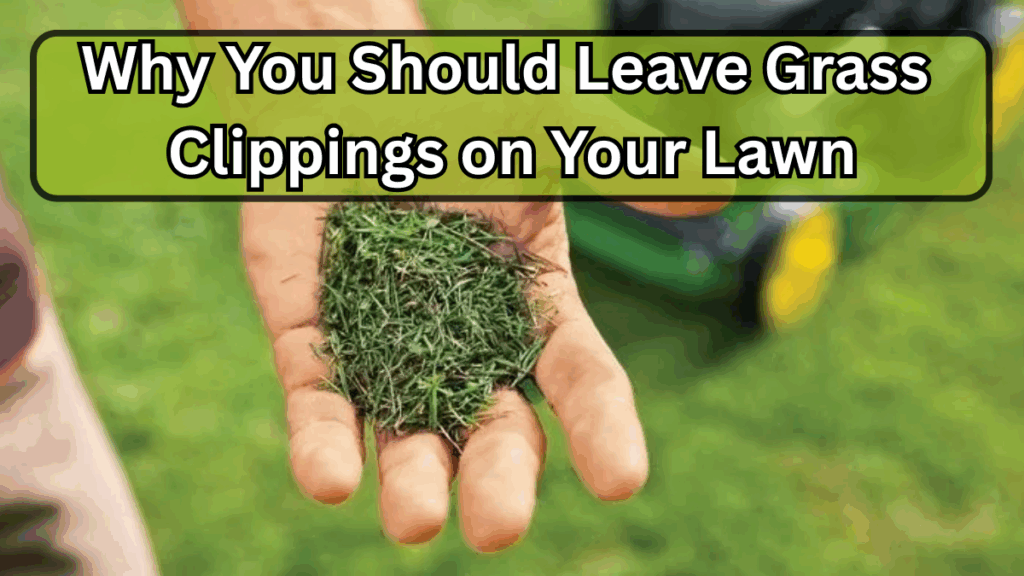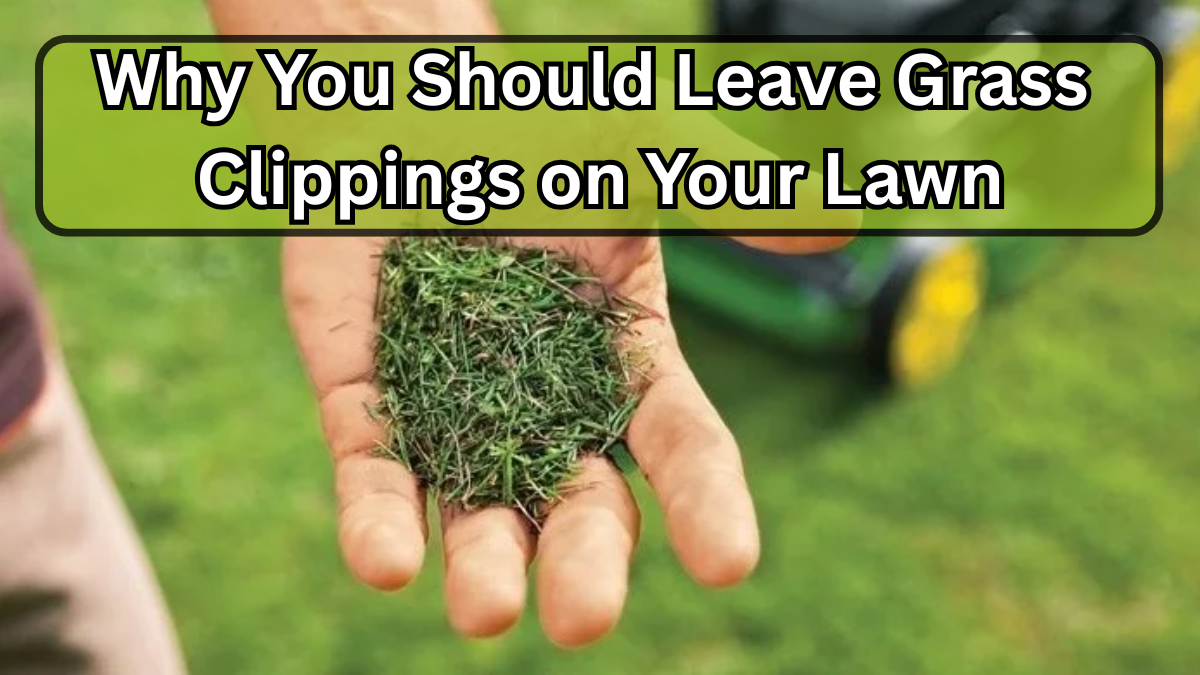When you finish lawn mowing, it’s natural to want a spotless yard, free of any leftover grass. But here’s the secret most professional gardeners know: leaving grass clippings behind can actually be one of the best things you do for your lawn.
Instead of bagging or disposing of them, think of clippings as nature’s own recycling system—turning waste into food for your grass.

Grass Clippings Benefits You Shouldn’t Ignore
Leaving grass clippings on your lawn is more than just convenient; it’s smart lawn care. Here’s why:
-
Acts as a Natural Fertilizer – Clippings decompose quickly, returning nitrogen and essential nutrients to the soil.
-
Saves Time and Effort – No need to bag and haul away. Just finish lawn mowing, and you’re done.
-
Supports Mulching – Works like a natural mulch, helping retain moisture and protect the soil.
-
Improves Lawn Health – Regularly leaving clippings can make your grass greener, thicker, and healthier.
-
Environmentally Friendly – Reduces yard waste going to landfills.
Mulching vs. Bagging: Which is Better?
Here’s a quick comparison of leaving clippings (mulching) vs. bagging them:
| Aspect | Mulching (Leaving Clippings) | Bagging (Removing Clippings) |
|---|---|---|
| Nutrient Recycling | Returns nitrogen & minerals to the soil | Nutrients are lost |
| Lawn Health | Promotes greener, thicker grass | Lawn may need more fertilizer |
| Time & Effort | Saves time, no bagging needed | Extra time to collect & dispose |
| Environmental Impact | Eco-friendly, reduces landfill waste | Increases yard waste in landfills |
Clearly, mulching wins in terms of Grass Clippings Benefits.
Tips for Effective Mulching
To make the most of your lawn mowing routine, follow these simple tips:
-
Cut small amounts at a time – Avoid chopping off more than one-third of the grass blade.
-
Keep mower blades sharp – Clean cuts help clippings decompose faster.
-
Mow when grass is dry – Wet clippings may clump and block sunlight.
-
Spread clippings evenly – Prevents clumps and ensures better mulching.
-
Don’t overdo it – Too many clippings at once can smother your lawn.
The Science Behind Grass Clippings Benefits
Grass is rich in nitrogen, phosphorus, and potassium—key ingredients found in most store-bought fertilizers. By leaving clippings on the ground, you’re essentially applying a free natural fertilizer every time you mow. Over time, this reduces the need for chemical fertilizers, saving money and supporting a healthier ecosystem.
FAQs on Leaving Grass Clippings on Your Lawn
Q1. Will leaving grass clippings cause thatch build-up?
No. Contrary to popular belief, clippings break down quickly and don’t contribute to thatch. Thatch is caused by roots and stems, not clippings.
Q2. What if my lawn looks messy after mulching?
If clippings are too long or clumped, simply spread them out with a rake. Regular mowing prevents this problem.
Q3. Can I mulch with any type of grass?
Yes, most common lawn grasses work well with mulching. Just make sure the grass isn’t wet or overly tall.
Q4. Do I still need to fertilize if I leave clippings?
Grass clippings provide a natural fertilizer, but depending on your soil type and grass needs, you may still supplement with occasional feeding.
Bottom Line
Leaving grass clippings on your lawn is not just about convenience—it’s about creating a healthier, greener, and more sustainable yard. With benefits ranging from natural fertilizer to effective mulching, it’s one small habit that pays off big for your lawn and the environment.
Click here to learn more
